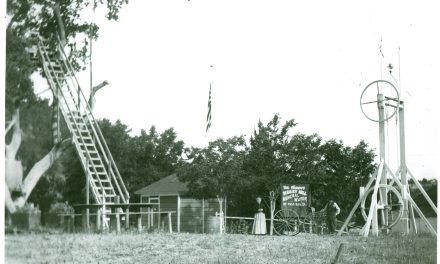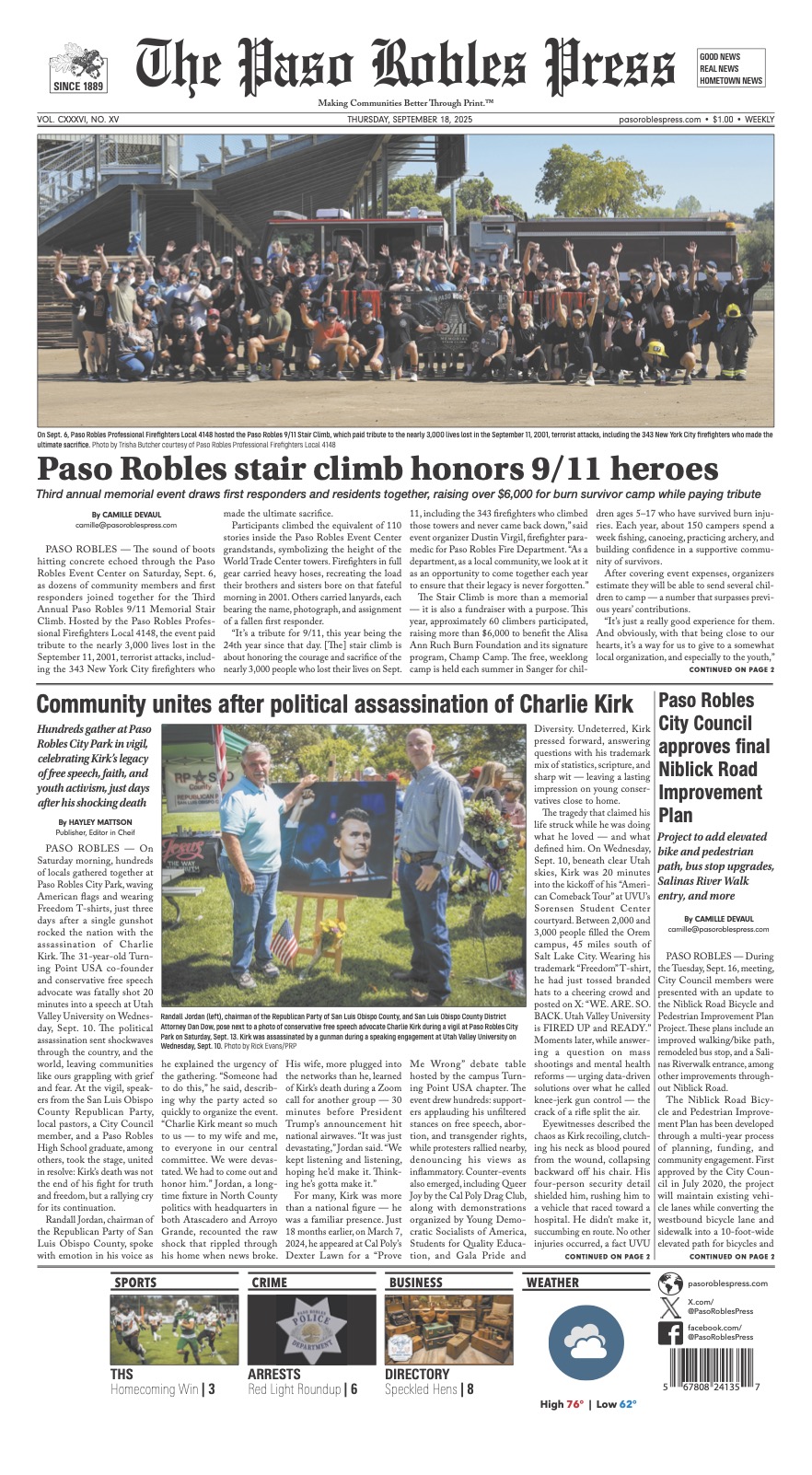Gun Bust Dropped: This month’s column comes with a bit of legal flavoring, starting with the admission I enjoy going to see my grandchildren partly for the chance to go plinking at the firing range with my son-in-law. I’m a lousy shot, but like most guys, I love the sound, the explosive report. There’s no muzzle flash; they only do that in the movies.
 And though I’m not much personally into guns, that doesn’t stop me from being a strong constitutional originalist; I support the 2nd Amendment, I see our founding document as a fragile but vital bulwark against tyranny, so we focus on a recent gun arrest in the South County.
And though I’m not much personally into guns, that doesn’t stop me from being a strong constitutional originalist; I support the 2nd Amendment, I see our founding document as a fragile but vital bulwark against tyranny, so we focus on a recent gun arrest in the South County.
The “perpetrator”, firearms dealer Dylan Todd, was taken away, along with his wife, to be charged by the California Department of Justice on a technicality, failing to disable a gun feature before a state deadline.
Here’s where it gets scary; San Luis Obispo County sheriff’s officials had given Todd two AR 15 rifles on consignment, as required by a court order. The judge directed Todd, a federally licensed firearms dealer, to dispose of confiscated weapons for the department, as he had done many times before.
It was a farce of official incompetence; a court ordering Todd to do one thing, while another government agency arrested him for possessing the very guns he’d been ordered to sell. Apparently one hand was moving game pieces without the other hand’s knowledge, except that in this game there was no get-out-of-jail-free card. This draconian drama hadn’t played out in North Korea or even San Francisco, but rather closer to home.
The couple was released without charge, but not before they had suffered through their own gun trauma, the cocked barrels of state government aimed squarely at their freedom—not for illegal activity, but merely for following a different government mandate.
Community members have stepped up to support the Todds, raising money to help them with legal expenses, but the apparent trampling of their civil rights is indelible. If it was me, I‘d find the meanest junkyard dog civil rights lawyer available and go after the state. And I wouldn’t quit until I’d received a cash settlement big enough to buy a nice lake front retirement home at Tahoe and nice fast Embraer Phenom jet to commute in. But that’s just me.
Mental Moves: Mindful of a similarly expensive recent civil payout, county board members were all ears when Sheriff Ian Parkinson rolled out a list of changes to handle mental health issues at county jail. A lack of mental health facilities and training have been blamed for several deaths of county inmates, the most expensive, a $5 million wrongful death settlement.
Claims that mentally ill inmates aren’t handled properly came at the same time mental health advocates are pushing for alternatives to the criminal justice system. The idea being that criminal courts and jails are a poor substitute for competent treatment.
A broad coalition of agencies was formed to work out some solutions; groups including county behavioral health, the district attorney, the public defender’s office, as well as private mental health services like Transitions and El Camino Homeless Organization came up with recommendations heard by supervisors on December 5th, including:
Converting former jail health facilities for mental health offices and treatment rooms, better medication oversight and control, medication assisted addiction treatment and better staff training. Increases in mental health staffing are also planned.
Pace Pester: Think you’ve had it with those irritating, flashing speed signs that remind you you’re going three miles per hour over the limit? Sorry to be the bearer of bad news, but you’re soon going to encounter more of them.
The signs, technically known as dynamic speed warning signs, display your speed as you go by, using Doppler radar similar to systems used for traffic enforcement by the California Highway Patrol. The signs will go in countywide, after bids open in early January. And no, the signs aren’t capable of giving you a ticket; they’re just to advise you. Of course, I can’t speak for what might happen if a cop happens to see one of the signs light up with “58 mph”, as you blitz through a 45 zone.
County officials haven’t said whether they’re installing the new signs to remind motorists that county officials just changed speed limits along roads in unincorporated areas.
You didn’t know? Naturally the lack of publicity of speed limit changes does nothing to help us avoid tickets; for that we just need situational awareness. I know, what a concept. Actually this is a regular deal, every seven years county engineering folks evaluate these mostly rural areas, reviewing speed limits. They have the authority—lawful responsibility, actually—to even raise speed limits where the majority of drivers exceed current limits. But you’ll rarely see that happen, the reasons being growth and traffic. Rural areas are safer to drive at higher speeds, but in stretches such as downtown Templeton, growth in traffic and housing has seen the posted limit of 45 mph drop to 40 mph.
Other areas where speed limits have changed: Cemetery Road in San Miguel and Monterey Road in Paso Robles which had no posted limit—the basic speed law applied—now both areas are posted 50 mph.
One exception: the 35 mph limit along California Valley’s Soda Lake Road. Naturally, traffic surveys showed nobody obeying that limit out in the middle of nowhere, so county officials raised the maximum speed to a more realistic 50 mph.
Pot Grandfathered: Finally, if you didn’t register to grow pot in 2017, you can’t even apply this year; county supervisors decided 141 farms is enough, no new licenses. You can still grow up to six plants, indoors only, for yourself. And you’ll likely draw less attention from state prosecutors who evidently prefer blazing blunts to blazing guns.










